RGB Expands the Scalability and Privacy of Bitcoin and Lightning Network.
In Brief
Functioning as a Layer 2/3 framework on both Bitcoin and the Lightning Network, RGB enhances the scalability and privacy needed to secure smart contracts.

TL;DR
- RGB functions as a Layer 2/3 solution through a client-side validation framework, housing all smart contract information externally from Bitcoin transactions. This architecture ensures that RGB operates seamlessly on top of the Lightning Network without necessitating alterations to the LN protocols.
- Designed with scalability and confidentiality in mind, RGB smart contracts support both private and mutual ownership, abstract layers of complexity, and segregate different responsibilities. They offer a form of trustless distributed computing that is Turing-complete without needing new tokens, which represents a shift beyond traditional blockchain capabilities.
- RGB contracts are divided into distinct segments known as \"shards,\" with each shard maintaining its own history and data. This segmentation enhances scalability and prevents the intertwining of histories from various contracts. They utilize the Bifrost protocol operating on the Lightning Network for interaction, akin to decentralized exchanges functioning within that ecosystem.
- RGB uses single-use seals based on Bitcoin's UTXOs as a security measure. Any party with access to the smart contract's state history can verify its distinctiveness, leveraging Bitcoin's scripting capabilities to outline ownership and access permissions.
- In the RGB framework, ownership and validation are treated as separate functions. While ownership is governed by Bitcoin's scripting language—a non-Turing Complete system—validation rules are determined by the RGB Schema, utilizing the Turing Complete Simplicity, Contractum, or Rust scripts.
- Each RGB smart contract couples a unique state with single-use seals. These seals, alongside the state, adhere to specific rules and validation processes established by the contract's creator, all regulated by a schema. This schema serves as a rulebook for validating data related to the contract on the client side, thus enabling a high degree of both scalability and privacy within the protocol.
- The architecture of RGB is designed to work harmoniously with existing Bitcoin and Lightning Network technologies, allowing for smooth integration into these platforms and accommodating future enhancements effortlessly.
- In contrast to the imperative programming styles prevalent among many blockchain platforms, RGB adopts a declarative approach. This method emphasizes the expression of desired outcomes over the detailed instruction of the steps required to reach them.
- RGB employs an array of advanced technologies including AluVM for deterministic computing tasks, PRISM for computing in partially-replicated infinite state machines, and Storm for escrow-based, trustless storage utilizing zero-knowledge proofs. These innovations contribute to the system's robustness, privacy, and adaptability.
- RGB (v0.10) unveils significant improvements to the user experience and the integration workflow, simplifying processes and reducing dependencies. The latest iteration boasts a more cohesive library API and streamlined command-line tools, enhancing accessibility and ease of use.
Short description
RGB provides a framework for token issuance on the Bitcoin network, prioritizing privacy and compatibility with the Lightning Network. It builds upon the notion of \"colored coins,\" similar to the OmniLayer model, where metadata embedded within Bitcoin transactions signifies token transfers. For instance, transactions involving USDT on OmniLayer function as Bitcoin transactions enhanced with supplementary data clarifying USDT token movements. Nonetheless, these methods are confronted with challenges such as limited data size in OP_RETURN outputs, intensive blockchain scanning requirements, and privacy issues arising from on-chain visibility.
To resolve these challenges, RGB reallocates the majority of validation processes away from the Bitcoin blockchain. It utilizes client-side validation techniques and single-use seals to bind tokens to Bitcoin's UTXOs, all while safeguarding user privacy.
Tokens are exchanged by embedding a message with RGB payment details thus allowing the tokens to transition from one UTXO to another without affecting the visible Bitcoin transaction graph. This guarantees a considerable improvement in privacy by enabling RGB transactions to \"teleport\" tokens stealthily, while RGB-specific data is transferred through private channels off-chain.
Moreover, to maintain ownership integrity and preempt inflation, receivers are required to verify the complete transaction history of any received tokens. RGB facilitates future upgrades without necessitating hard forks, ensuring that miners cannot trace asset movements, thereby enhancing resistance to censorship. Unlike conventional blockchain architectures that rely on blocks or chains, RGB functions as a non-block decentralized protocol committed to high levels of confidentiality, security, and scalability.
Introduction and Vision
Summary: A client-validated state and smart contract framework functioning at Layer 2/3 within Bitcoin and the Lightning Network.
More details:
RGB is a cutting-edge system for scalable and confidential smart contracts designed for both the Bitcoin and Lightning Network. Operating under a client-side validation paradigm, all smart contract data resides externally from Bitcoin transactions—meaning it is not dependent on the Bitcoin blockchain or the state of Lightning channels. This structural approach allows RGB to function seamlessly atop the Lightning Network without requiring modifications to LN protocols, while laying the foundation for exceptional scalability and privacy.
Smart contracts embody principles such as private and mutual ownership, abstraction, and separation of concerns. They signify a new phase in trustless distributed computing that is Turing-complete, all without the need to introduce additional tokens.
The operation of RGB contracts is segmented into distinct pieces called \"shards.\" Each shard preserves its unique historical data, preventing the blending of contract histories. This structure enhances scalability and mirrors the objectives originally proposed in Ethereum's shard concept.
Though RGB contracts operate independently, they can communicate through the Bifrost protocol on the Lightning Network. This facilitates synchronized operations among multiple participants, facilitating scenarios like decentralized exchanges over the Lightning Network.
Technology & Architecture
Overview of RGB Operations and Single-Use Seals
Figure 1. General overview of RGB's operational structure.
Source: LNP/BP Association Github.
In terms of security, RGB adopts single-use seals anchored in Bitcoin UTXOs, enabling any party with history of the smart contract state to confirm its uniqueness. Essentially, RGB employs Bitcoin's script to substantiate its security protocol, defining ownership and access rights .
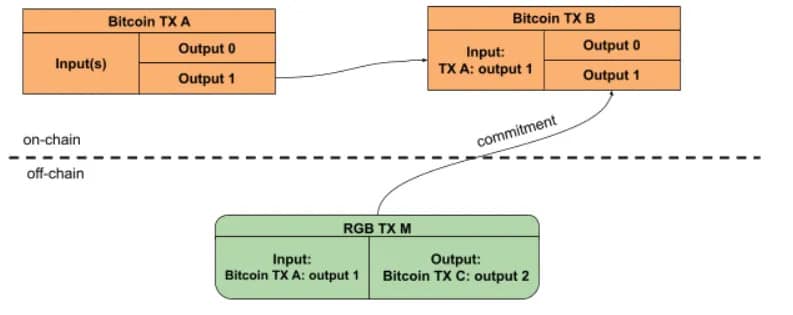
Figure 2. RGB's operational principles at a high level.
Source: \"Driving Mass Adoption of Crypto: How the RGB Protocol is Illuminating the Future of Bitcoin\" by Waterdrip Capital.
Every RGB smart contract initiates with a genesis state , crafted by the contract issuer along with a directed acyclic graph (DAG) that charts the state transitions preserved as client-validated data.
Figure 3. The relationship between transactions, seals, and witnesses.
Source: LNP/BP Association Github.
To encapsulate, each transaction is associated with a UTXO, and the ownership of that UTXO bestows the holder with rights over the state. Ownership dictates who is permitted to alter the state of the blockchain and to \"spend\" that UTXO. The individual managing the state is identified as the party owning the state .
The identified party is authorized to alter the relevant portion of the smart contract state by crafting a new state transition and validating it within a transaction, which incorporates the output linked to the previous state.
This process signifies the closure of a seal over the state transition , while the combination of the spending transaction and the corresponding off-transaction data relevant to the state transition is referred to as a witness (as depicted previously).
Ownership & Access: Core Properties

Figure 4. Ownership and Access.
Source: LNP/BP Association Github.
It's critical to distinguish between state ownership and validation. Validation rules delineate how a state can be modified, but they do not specify who is able to make those alterations.
Meanwhile, ownership is governed at the Bitcoin blockchain level by Bitcoin script, which lacks Turing Completeness. In contrast, the validation frameworks operate under the RGB Schema, utilizing Simplicity/Contractum Scripts that are Turing Complete.
RGB Schema
In the landscape of RGB smart contracts, each contract is linked to a singular state defined through single-use seals. These seals, in tandem with their respective states, operate under specific rules and validations that are established by the contract's creator at its inception. This arrangement is regulated through a \"schema,\" which functions as a tailored set of rules for validating the contract's data on the client side, potentially including complex scripts that are foundational to the logic of the contract.

Figure 5. RGB Schema.
Source: LNP/BP Association Github.
Principles of Client-side Validation and Design
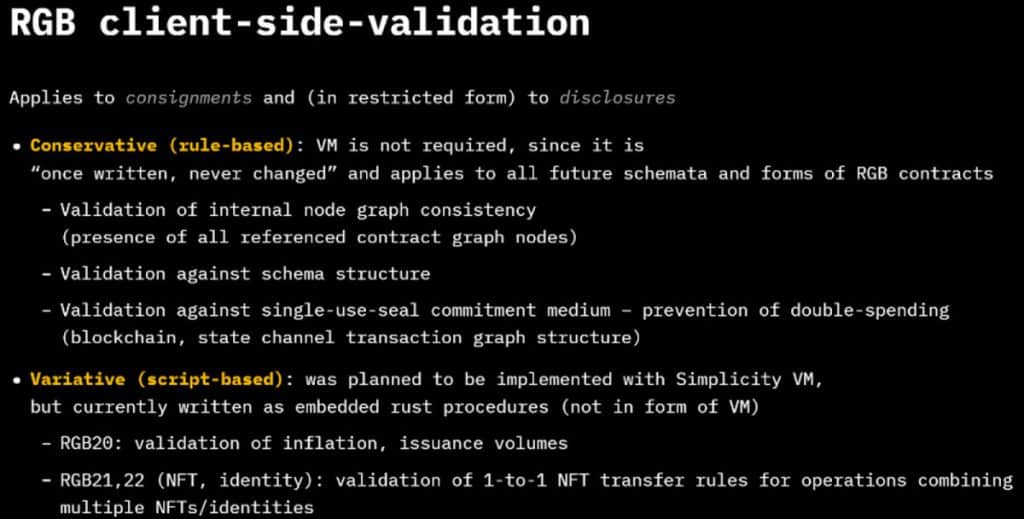
Figure 6. Overview of RGB Client-side validation.
Source: LNP/BP Association Github.
- Clear Ownership Structure: Smart contracts under RGB have well-defined owners. Only those designated individuals possess the right to modify the contract’s state. These contracts stipulate different rights or operations, categorizing them as either public (accessible to everyone) or owned (restricted to the owner).
- Confidentiality: The details contained within the contract remain private, accessible solely to the involved parties, particularly the state owners. While participants can choose to disclose certain information, the default stance is that all data remains confidential. This helps safeguard against external analytical tools from probing into the information, ensuring that sensitive details are not logged on public databases.
- Separation of Concerns: RGB showcases a modular architecture with clearly defined layers, each dedicated to its unique function. These layers work autonomously, allowing for a clean separation where the lower layers do not need to account for the structure of the upper layers. This builds a robust organizational framework and significantly boosts system efficiency.
- Extensibility: The architecture is designed for easy expansion, permitting the creation and integration of sophisticated smart contracts without needing to alter the foundational protocol or overhaul the entire RGB library.
- Determinism: The validation mechanism in RGB is deterministic, delivering consistent outputs given the same inputs and the current state of the underlying blockchain or Lightning Network channel. This reliability stems from two critical elements: a. The core validation mechanism, crafted in Rust, is uniform across all implementations of RGB. b. The validation logic tied to specific contracts operates on AluVM, a virtual environment that offers a consistent instruction set, irrespective of the platform used.
- LNP/BP Interoperability: RGB is crafted to integrate flawlessly with existing Bitcoin and Lightning Network frameworks. It is also constructed to accommodate future advancements in these technologies.
RGB's Vision vs. Pure Blockchain/L1 Philosophy:
RGB’s Team Critiques the Pure Blockchain/L1 Model:
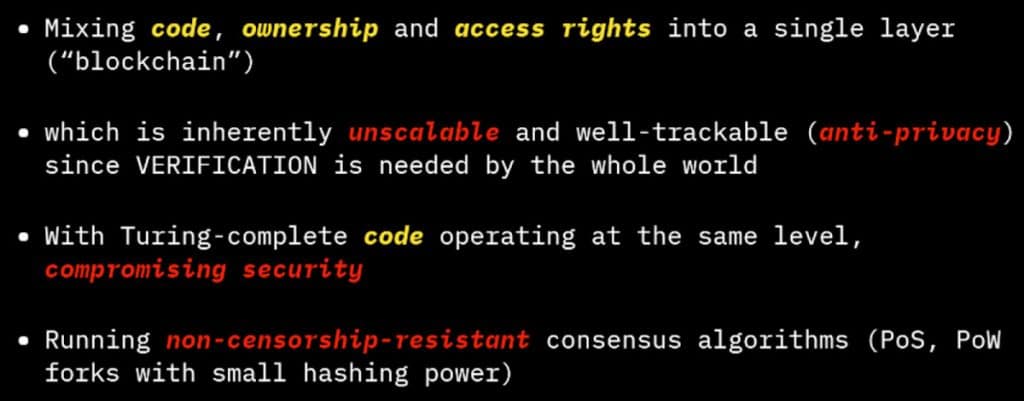
Figure 7. Insights from RGB on the Blockchain/L1 model.
Source: LNP/BP Association Github.
Understanding RGB’s Methodology: Declarative vs. Imperative Programming:
- The majority of blockchain frameworks, such as Ethereum, implement smart contracts employing an imperative programming style. Here, the contract acts akin to a program that clearly outlines a sequential order of operations, much like a detailed recipe that dictates every step in meal preparation.
- These imperative programs tend to be rather restrictive and hampered by the limitations of their underlying blockchain framework. Despite being labeled as Turing-complete, they often impose significant constraints on functionality.
Declarative Aspect of RGB’s Smart Contracts:
- Conversely, RGB opts out of imperative programming, utilizing a unique variant of functional programming where smart contracts are framed declaratively.
- In this declarative paradigm, the focus shifts from detailing the 'how' to elucidating the 'what' — describing the expected results rather than enumerating the precise steps for achieving them. It’s akin to envisioning a dish's presentation rather than providing exhaustive cooking directions.
- In RGB, the 'Schema' serves as a declarative blueprint for a smart contract. It delineates the rules and conditions governing the contract without prescribing the precise order of operations for their execution.
Paradigm Shift in Programming:
- Transitioning from Ethereum's imperative framework to the declarative structure of RGB in smart contract programming mirrors the evolution from conventional imperative coding to functional or declarative programming in broader software development.
- This transition necessitates a shift in perspective: from concentrating on the 'how' (specific procedures) to focusing on the 'what' (desired outcomes).
Simplicity
The initial roadmap included incorporating Simplicity into RGB, with efforts made from day one towards ensuring seamless compatibility. However, with the slow advancement of Simplicity's development and the lack of clarity regarding its rollout schedule, it became clear that depending on it was impractical. The forthcoming RGB release raised pertinent discussions about whether Simplicity would still play a role.
Acknowledging the absence of a solid timeline for Simplicity’s availability, we began exploring alternative approaches (WASM, EVM in jest, IELE, etc.). Eventually, it became evident that developing an in-house virtual machine for RGB was the most viable solution, moving away from the initial plan of relying on Simplicity.
Hence we decided to create AluVM – a fully functional, highly portable virtual machine anchored in Rust designed for validating smart contracts on the client side (RGB), applicable in environments like the Lightning Network, deterministic distributed systems, and edge computing.
Prism
PRISM references 'partially-replicated infinite state machines' in computing.
RGB technology outlines fundamental rules for the evolution of smart contracts at a basic level termed Schema, but it avoids constraining all future contractual actions to a single overarching algorithm. Instead, each node in the network conducts its operations independently, maintaining the contract’s validity as long as these actions comply with Schema’s stipulations.
Moreover, this tactic does not restrict the historical development of the contract through a preordained algorithm. Consequently, a contract can demonstrate varied functionalities as long as each modification adheres to specific validation rules. This approach prioritizes local regulations over a global algorithm.
On the other hand, Ethereum implements a universal algorithm where each operation influences the entire state of the smart contract. RGB allows you to manipulate just a segment of the contract’s state, applying local rules. This unique setup opens up a wider array of possibilities for the evolution of contracts.
The following visual provides a comparative overview of the distinctions between state channels and client-side-validation:

Figure 8. Division of distributed systems.
Source: LNP/BP Association Github.
More detailed differences are as outlined below:

Figure 9. A comparison of State Channels and Client-side-validation.
Source: LNP/BP Association Github.
AluVM
AluVM – (Algorithmic Logic Unit Virtual Machine) is a pure functional RISC virtual machine crafted for deterministic and portable computational operations.
AluVM shines through its architecture that utilizes a register-based system, effectively preventing random memory access. This design bolsters AluVM's applicability in sectors such as smart contracts, remote code execution, and distributed as well as edge computing. Its core strengths include determinism, resilience, and the potential for formal code evaluations.
Key Features: Exceptionless, Portability, Sandboxing, Security, Extensibility.
The Instruction Set Architecture (ISA) of AluVM is adaptable, facilitating the creation of diverse runtime environments tailored for various uses. AluVM stands out as a highly predictable, functional, register-based virtual machine and ISA.
While it restricts random memory accesses, the AluVM ISA excels at executing arithmetic operations, including those involving elliptic curves. Notably, the VM's framework can expand the AluVM ISA, permitting the incorporation of functionalities like loading data into the VM’s registers and accommodating specialized instructions (e.g., SIMD) designed for specific applications.
AluVM is primarily intended for distributed ecosystems where the emphasis is on maintaining consistency and dependability across multiple platforms over sheer processing speed. The most significant uses for AluVM, contingent upon appropriate ISA extensions, encompass blockchain technology, computations imperative for consensus within networks, edge computing, multiparty computing (encompassing deterministic machine learning), client-side-validation, restricted Internet2 computing, and genetic algorithms. These fields benefit from AluVM's reliability and security across diverse environments.

Figure 10. AluVM Comparison.
Source: LNP/BP Association Github.
Contractum
Contractum distinguishes itself among smart contract programming languages by merging the sophisticated functional capabilities of Haskell with the low-level control associated with Rust. This places it within a unique niche that has previously been uncharted for smart contracts:
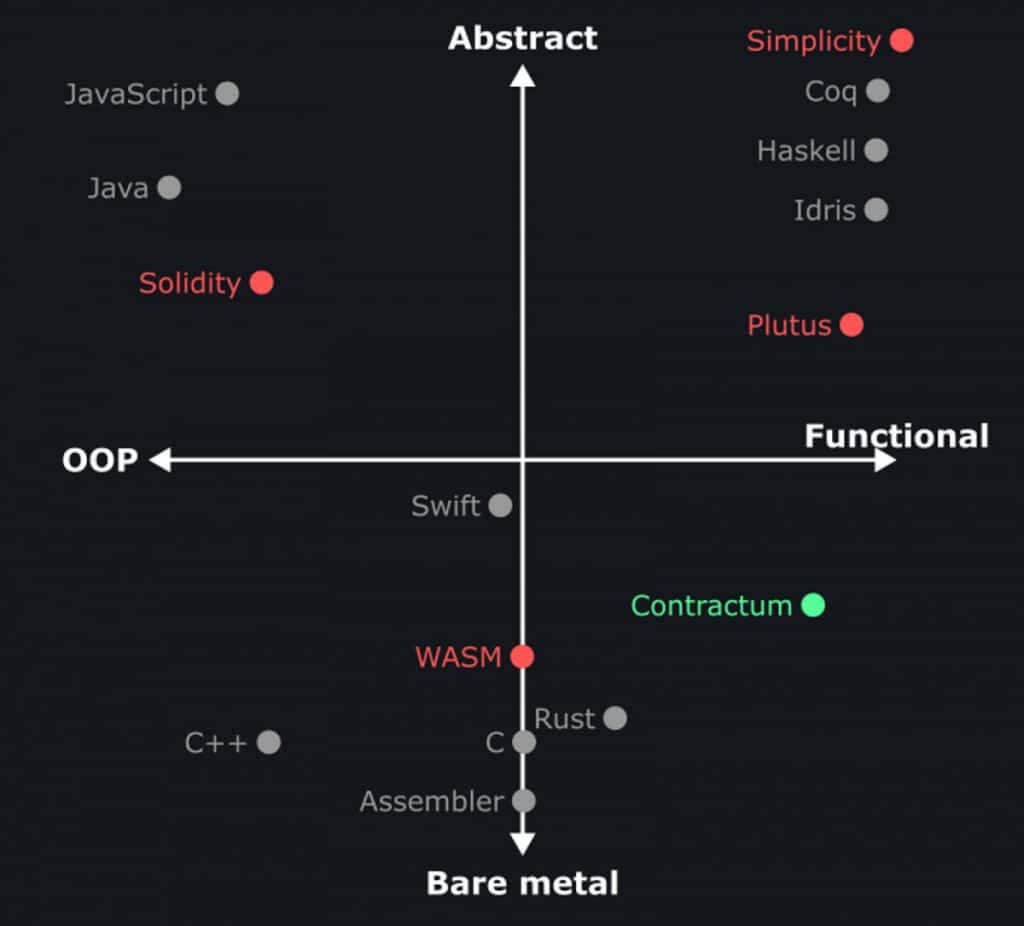
Figure 11. Contrasting Contractum, Simplicity, and other languages.
Source: contractum.org
Contractum serves as the programming language utilized for crafting RGB contracts. Contracts developed through Contractum are validated using a technique referred to as client-side-validation. This method avoids placing extra data on the Bitcoin blockchain, akin to a form of sharding technology, further enhanced through the application of zero-knowledge proofs.
Client-side-validation also effectively decouples the contract's development from blockchain transactions, rendering it impervious to traditional methods of blockchain transaction tracking or analysis.
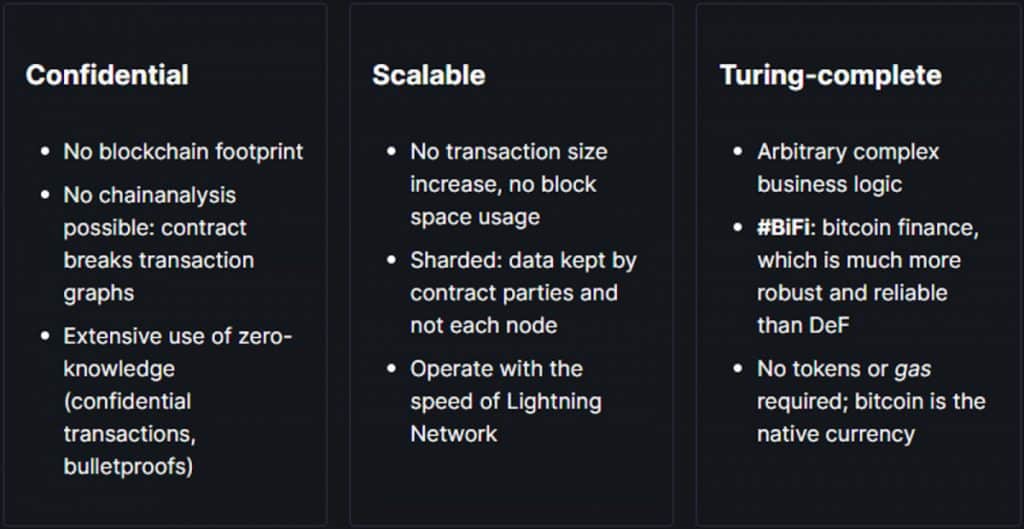
Figure 12. Contractum features.
Source: contractum.org
To participate in the design of Contractum, it's essential to familiarize yourself with the technologies integrated within RGB smart contracts:

Figure 13. The technologies powering RGB smart contracts.
Source: contractum.org
Recent Updates in New version RGB v0.10
In the latest update of RGB (version 0.10), multiple progressive technical advancements have been realized, bolstering the framework's capabilities for developing intricate applications. These enhancements primarily center on the introduction of a Global State for each RGB contract, the incorporation of contract interfaces, and the application of a rigorous type system.
Global State in RGB Contracts
The Global State feature represents a transformative innovation in RGB v0.10, empowering each contract to sustain a universally accessible state. This state is not only reachable by the RGB virtual machine but also by outside clients like wallets and various applications.
The significance of this Global State is crucial for devising complex applications on the RGB platform, particularly those necessitating nuanced state management, such as synthetic assets and algorithmic stablecoins. It facilitates a more dynamic interaction with a contract's state, enhancing functionality beyond the limitations of conventional smart contract systems.
Contract Interfaces
RGB v0.10 rolls out ‘contract interfaces’ that function as standardized communication protocols for various smart contracts. These interfaces are analogs to Ethereum’s contract ABIs (Application Binary Interfaces) and ERCs (Ethereum Request for Comments).
A noteworthy aspect of RGB’s model is that these interfaces need not follow a standardized format and are inherently packaged with the contracts themselves, eradicating the need for separate distribution. This arrangement fosters semantic-aware interactions between users and contracts through user interfaces in wallets and other applications.
These user interfaces are dynamic, allowing developers to continuously improve existing contracts by integrating new interfaces over time. This approach enhances their capabilities without having to alter the foundational contract that remains unchanged.
Strict Type System
In the latest release of RGB, version 0.10, the encoding format adopts a strict type system. This innovative approach to functional data types aims to represent and analyze contract states efficiently within the RGB ecosystem.
The implementation of this strict type system guarantees that the sizes of data are verified at compile time, which is especially advantageous for devices with limited resources, like basic hardware wallets that have constrained memory.
In addition, the entire RGB consensus layer in version 0.10 is structured using strict types. This development lays the groundwork for formal proofs that ensure binary compatibility across various software versions. Consequently, it streamlines and secures the use of RGB, while also enabling asset creators and contract developers to attach additional metadata to their assets or contracts. This metadata is crucial for validating the identity and authenticity of assets or contracts within the RGB framework.
Rust-based Smart Contracts
With the new version of RGB, developers can now write smart contracts in Rust, capitalizing on the language's strengths in type safety and performance.
The integration of strict typing in the system allows Rust data types to be directly compiled into RGB contract formats, which boosts the efficiency and dependability of the contract code.
Improved Capabilities for State Inspection
Smart contracts in the latest RGB version can analyze their own state as part of the validation processes executed by the RGB virtual machine.
This enhancement is particularly beneficial for crafting sophisticated contracts that interact with Bitcoin transactions, Discrete Log Contracts, and other complex data structures, thus broadening the functionality and reach of RGB smart contracts.
URL-based Invoice Format
The recent update includes a revamped invoice format that shifts away from the older Bech32m-encoded system.
These new invoice links are shorter and easier to use, promoting simplified verification and allowing for automatic opening with pre-arranged software.
WASM (WebAssembly) Support
The RGB standard library is now compatible with environments that do not have access to I/O operations or file systems, including web platforms and browser add-ons.
This compatibility broadens the potential applications for RGB, enabling it to function smoothly within a diverse array of online applications and plugins.
Integration of Taproot Descriptors and Custom Derivation
RGB version 0.10 embraces taproot-based OP_RETURN commitments, known as tapret, which require wallets to provide descriptor-level support in order to identify transactions that feature modified outputs.
The addition of custom derivation indexes in this update safeguards RGB assets by preventing non-RGB wallets from mistakenly spending outputs that hold these assets.
Simplified Dependencies
The RGB consensus layer in this release has minimized its dependencies, notably by eliminating the bespoke bulletproof implementation that was originally sourced from Grin projects.
This simplification enhances the stability of the API and improves the robustness of the overall system.
Streamlined Integration Process
The update streamlines operational processes by cutting down on the necessity for multiple API calls and eliminating the complexity of cross-language data structure encoding.
Now, RGB contract states are represented as JSON objects, allowing for easy serialization across different programming languages.
User Experience Improvements
The latest iteration of RGB enhances user experience by merging previously distinct components into a cohesive library API and command-line tool.
While users can still run the RGB Node on personal servers, it is no longer essential for engaging with the RGB system, diminishing entry barriers for users and wallet applications.
This section includes a special acknowledgment to Waterdrip Capital for illuminating the latest features in their article titled “Driving Mass Adoption of Crypto: How the RGB Protocol Illuminates the Future of Bitcoin.”
RGB Competitors
Figure 14. A simple comparison between FRGB and Ethereum.
Source: LNP/BP Association Github
Taproot
Taproot Assets, which was previously referred to as Taro, is a protocol engineered for token launches on the Bitcoin network. It makes use of the Taproot UTXO model, alongside complementary tools like Tapscript and taptweak. These mechanisms are essential for embedding supply and balance information about an asset within Bitcoin transaction data.

Figure 15. Diagram illustrating how Taproot Assets tokens store information.
Source: “Taproot Assets: issuing assets on Bitcoin” by Voltage
The Taproot Assets protocol utilizes a method that resembles the concept of Ordinals, where BRC-20 tokens house supply data within the metadata of identified satoshis. Conversely, Taproot Assets integrate this information within the Taproot output of a Bitcoin transaction, using a structure called a sparse Merkle tree. In essence, this means that Taproot Assets embed a Merkle tree into the Bitcoin transaction, which acts as proof of both individual user balances and the overall token supply. This tree reflects data from the 'Universe', a central repository that maintains the complete historical records tied to the asset and is overseen by the token issuer.
State Digital Tree – The infrastructure of Taproot Assets provides a choice for proving balances: either by utilizing off-chain data from the Universe or through the sparse Merkle tree included within the UTXO.
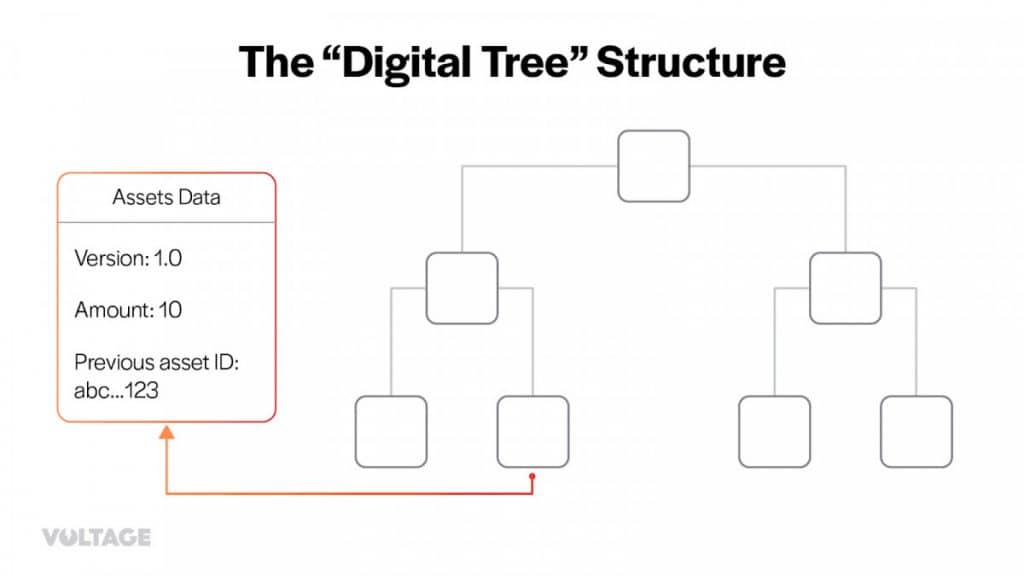
Figure 16. Digital state tree.
The Taproot Assets protocol utilizes a method that resembles the concept of Ordinals, where BRC-20 tokens house supply data within the metadata of identified satoshis. Conversely, Taproot Assets integrate this information within the Taproot output of a Bitcoin transaction, using a structure called a sparse Merkle tree. In essence, this means that Taproot Assets embed a Merkle tree into the Bitcoin transaction, which acts as proof of both individual user balances and the overall token supply. This tree reflects data from the 'Universe', a central repository that maintains the complete historical records tied to the asset and is overseen by the token issuer.
The token issuer initiates a P2TR (Pay to Taproot) transaction by employing the Taproot Assets protocol.
Operational Mechanism
- The asset-related information, structured as a Merkle tree, resides in the UTXO of this transaction, essentially serving as the asset's genesis block.
- To complete a token transfer, the owner of the Taproot key revises the balance information within the Merkle tree, ensuring that the overall supply of the asset remains unchanged.
- These updates are executed through a new Taproot transaction. However, it's important to note that a separate on-chain transaction is not necessary for each token transfer. Much like rollups or the Lightning Network, this protocol enables the owner to bundle a series of transfers together, subsequently publishing the revised state of balances.
- One of the significant benefits of Taproot Assets is its complete compatibility with the Lightning Network, which not only enhances scalability options but also lowers transaction costs.
Advantages of Taproot Assets
- Taproot Assets creates a dedicated layer for tracking interactions with customized tokens. While it primarily relies on off-chain data, it broadcasts the balance state on the main network.
- This method offers greater flexibility, scalability, and comprehensiveness compared to BRC-20 tokens, yet it introduces additional complexity for those who are less experienced.
- BitVM represents a revolutionary project aimed at evolving Bitcoin into a decentralized computing platform. Released on October 9, 2023, the BitVM white paper outlines a technology that is still under development and requires more refinements to achieve its full potential.
BitVM
Essential Functionality and Concept of BitVM
At its core, BitVM harnesses the concept of Optimistic Rollups to shift smart contract computations away from the network while still allowing for on-chain verification through the use of 'fraud proofs.' Theoretically, once the information about a smart contract is recorded in a Taproot transaction as binary data, the data exchange and calculations are expected to take place directly between the involved parties. This strategy aims to lessen blockchain congestion, but if the prover—the entity providing proof, typically the contract owner—sends incorrect data, the verifier can call for an on-chain audit. This mechanism serves as the foundation of the fraud proof strategy.
Managing On-chain Verification in a Network with Limited Computational Capacity
A central challenge lies in how to perform operational checks within a network that, by its nature, does not facilitate such computations. To tackle this, BitVM employs a Merkle tree architecture to form a logical NAND gate, which is then documented in a Taproot transaction. Essentially, within the transaction data, the Merkle tree operates as a scheme using NAND logic, where each 'branch' transmits one of two values: either 1 or 0. The on-chain calculations happen on a bit-by-bit basis, where the output from one 'branch' feeds into the next. Continuous transaction interactions for value verification take place between the parties involved in the smart contract. Should the prover's calculation be determined to be incorrect, the verifier's assets locked in the Taproot transaction are returned.
Figure 17. An illustrative representation of the NAND structure.

Source: “The Big Deal with BitVM: Arbitrary Computation now possible on Bitcoin without a fork” by Bitcoin Magazine
Constructing NAND Using Taproot and Merkle Trees
Detailed documentation on how BitVM enables the building of NAND via Taproot and Merkle trees, along with its implications for computational processes, is available in the technical resources.
This method provides a meticulous, step-by-step method for verifying smart contract calculations, aligning with the principles of blockchain integrity and security.
Challenges Associated with Smart Contract Bilateralism
One substantial challenge facing BitVM relates to the bilateral nature of smart contracts, which only allows for direct data sharing between the prover and verifier, excluding any third-party participants. This limitation hinders the development of decentralized applications and necessitates additional solutions for constructing multi-party contracts.
Moreover, the intricate, low-level features of BitVM suggest that bringing functional products based on this foundation to life may take several years. Significant development and innovation will be crucial to transform this foundational technology into usable applications.
For a more comprehensive understanding, feel free to delve into the BitVM Whitepaper –
The RGB protocol represents a significant innovation within the Bitcoin ecosystem, providing functionalities for implementing smart contracts and issuing tokens that are directly linked to the Bitcoin network. This is realized through a blend of client-side validations and the employment of single-use seals, enabling tokens to connect seamlessly with Bitcoin's UTXOs while also ensuring transaction privacy. https://bitvm.org/bitvm.pdf
Conclusion
These interfaces are dynamic rather than fixed; developers have the ability to modify existing contracts by integrating new interfaces over time, which enhances their features without needing to alter the core, unchangeable aspects of the contract.
In the latest version – RGB v0.10, a new encoding scheme has been introduced that makes use of a 'strict types' system. This innovative approach employs a functional data type methodology, which is specifically designed for efficient representation and the ability to inspect contract states within the RGB framework.
The implementation of this strict type system provides guarantees about data sizes during the compilation phase, a significant advantage when dealing with devices that have limited resources, such as budget hardware wallets with constrained memory capacities.
Additionally, the entirety of the RGB consensus layer in version 0.10 has been compiled using these strict types, laying the groundwork for formal proofs that ensures binary compatibility across various software updates. This enhancement not only streamlines and secures RGB utilization but also offers asset creators and contract developers the capability to add extra metadata to their assets or contracts, crucial for establishing the credibility and authenticity of these elements within the RGB framework.
Now, developers can write RGB smart contracts in Rust, tapping into the language’s strengths in terms of type safety and performance efficiency.
The integration of strict type systems enables Rust data types to be directly compiled into RGB contract definitions, thereby boosting the efficiency and dependability of the contract code.
Improved Self-Inspection Features
In this version, RGB v0.10 allows smart contracts to self-examine their state during the validation procedure that takes place inside the RGB virtual machine.
This feature proves particularly beneficial for designing complex contracts that engage with Bitcoin transactions, Discrete Log Contracts, and other sophisticated data configurations, thereby broadening the potential and capabilities of RGB smart contracts.
Term References:
- The latest update brings forth a newly designed invoice format, replacing the older Bech32m-encoded system.
- The recently introduced URL-based invoices are not only much shorter but also user-friendly, streamlining their verification process and allowing for easier automatic opening through pre-configured software.
- The RGB standard library now functions efficiently in environments that do not support I/O or file system access, such as in web applications or browser extensions.
- This advancement widens the scope of RGB, enabling its smooth operation across a variety of web-based applications and add-ons.
- Taproot Descriptors and Personalized Derivation
- RGB v0.10 integrates taproot-based OP_RETURN commitments, known as tapret, which necessitate descriptor-level functionality in wallets to properly acknowledge transactions that have modified outputs.
Disclaimer
In line with the Trust Project guidelines The introduction of custom derivation indexes in this version protects RGB assets from being accidentally spent by non-RGB wallets, thereby upholding the integrity of these assets.







